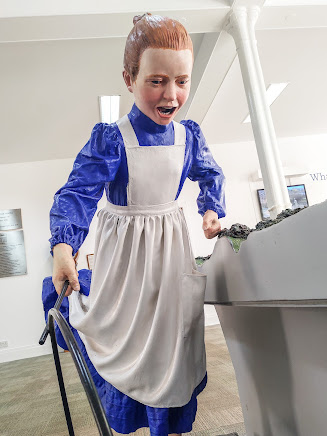Chemistry For Conservators 02

Audiences waited seven years between ‘Alien’ and ‘Aliens’ for the continuing adventures of Sigourney Weaver IN SPAAAAAAAAACE, so two years ‘twixt instalments of my journey through the International Academic Projects ‘Chemistry for Conservators’ course is nothing to complain about. So there. This course was not intended to crank out a newly-minted Conservator at its conclusion, rather it was aimed at people like me with rusty GCSE Chemistry who wish to understand more about the application of basic scientific principles in a museum context. Similarly the purpose of this series is not to analyse in any particular depth the format and delivery of the course, but to outline what’s involved along with any musings and highlighting some of the… highlights as we go. The TLDR version (how frightfully hip and with it) is that I very much enjoyed this course, and while I wouldn’t say it gave any earth-shattering new insights it was a fascinating exploration of the chemical principles underp





